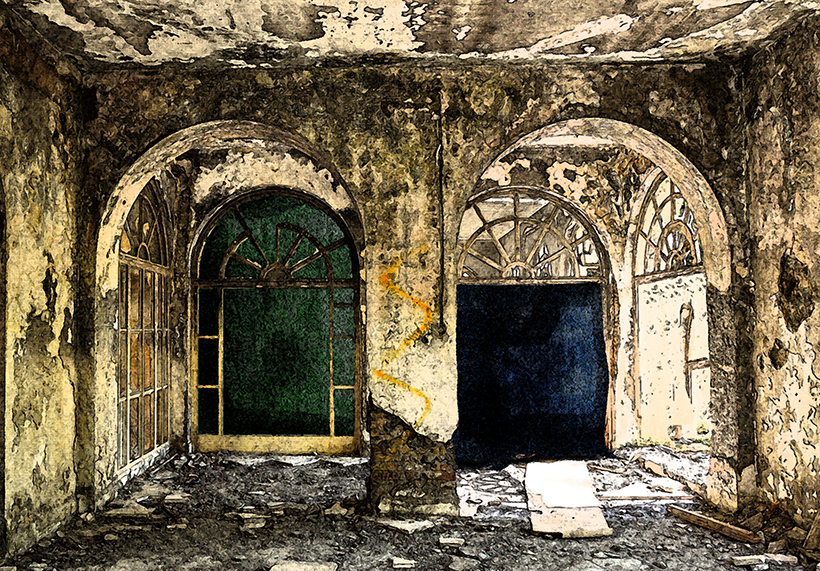Stone Streets
The Stone Streets are a district in Jiy that once held noble houses, temples and the royal palace.
History
Stone Streets was founded as Moutaintop. The name came from its being built on top of a hill, surrounded by a myriad of trees. It was a haven for the wealthy merchants of Jiy, a place above the riff-raff. Below, near the river, the trade settlement founded by the Taangis Empire had grown, and the monies brought in by merchants had made it prosperous. It outgrew other trade settlements in Jilvayna, and by the time of the dissolution of the Taangis Empire, had the largest population. The new ruler, Thendis, decided to build his palace there, cementing Jiy as the most important city in the country.
In 428 DE, Dentheria invaded. They stormed across Jilvayna, slaughtering all who opposed them. The king easily fell when they reached Jiy. The bodies of the ruler, his family, his loyal nobles, and religious leaders were thrown into the grounds of the prominite Temple of Wratherine and lit on fire. The once-royal religious center became the defacto body dump for the city, and the once-luxurious cultural center became known for death and disease.
The obliteration of the city displaced many poorer people, and Dentheria shoved them into Mountaintop, to live among the dead and the rubble, while they rebuilt the merchant quarter near the river and reinitiated trade. This fomented resentment and hate, but the newly poor had no where to turn, and no one to help them. Civic and religious institutions had fallen, and with them, the commoner. Mountaintop became known as the Stone Streets, for no stone that had fallen from the mansions and the royal palace could be moved without a body found beneath. It also reflected the extrememly difficult lives the residents were forced to lead.
Modern Times
The Stone Streets is the poorest section of Jiy. Only the desperately poor continue to live there, and most of their lives are spent trying to leave. It houses unskilled menial laborers (dock workers, street cleaners, etc.), street vendors, and numerous guttershanks whose lives are spent abusing drugs and committing crimes. The underground uses it as a convenient staging area, because it contains no guardhouses and few of a higher societal caste care what happens there.
Most of the buildings are tumbled wrecks. People live in the shattered remains of mansions and the royal palace, huddled on dilapidated floors sectioned off by heavy tarp. During the winter snows, it is a miserably cold place to be. Abuses against neighbors is high. A few of the better placed reside in cracked-wood structures that can reach three stories; those built higher tend to collapse. They contain stores beneath the living spaces (the merchants live in their stores, usually sleeping on a tiny sleep roll behind a counter. Extended families not selling merchandise vacate during the day, only to return after open hours to sleep). These structures are owned by landlords that live in other parts of the city, and they normally charge over half of what the individuals make in a year, almost guaranteeing they cannot leave the squalor.
It is no accident, that many Jiy rebels are from the Stone Streets.
The most infamous part of the Stone Streets is the The Pit, which lies below street level and under the once-splendid bridge linking the royal palace to the rest of the city. All the city's dead are left in the Pit, to be eaten by carrion lizards, carrion birds, and random caninie. Priests dedicated to the Fifth God tour the area and keep huge incense burners lit. Those living there become used to the sweet berry scent and rarely notice it; for all others, it is the thing the remember the most about the place.
The Stone Streets are home to numerous thieves and street rats, who use its reputation as a foil against the guard and chasers who may wish to bring them to justice. Few assoicated with the law wish to walk the Stone Streets, so they tend to ignore the bit criminals who live there.







Comments